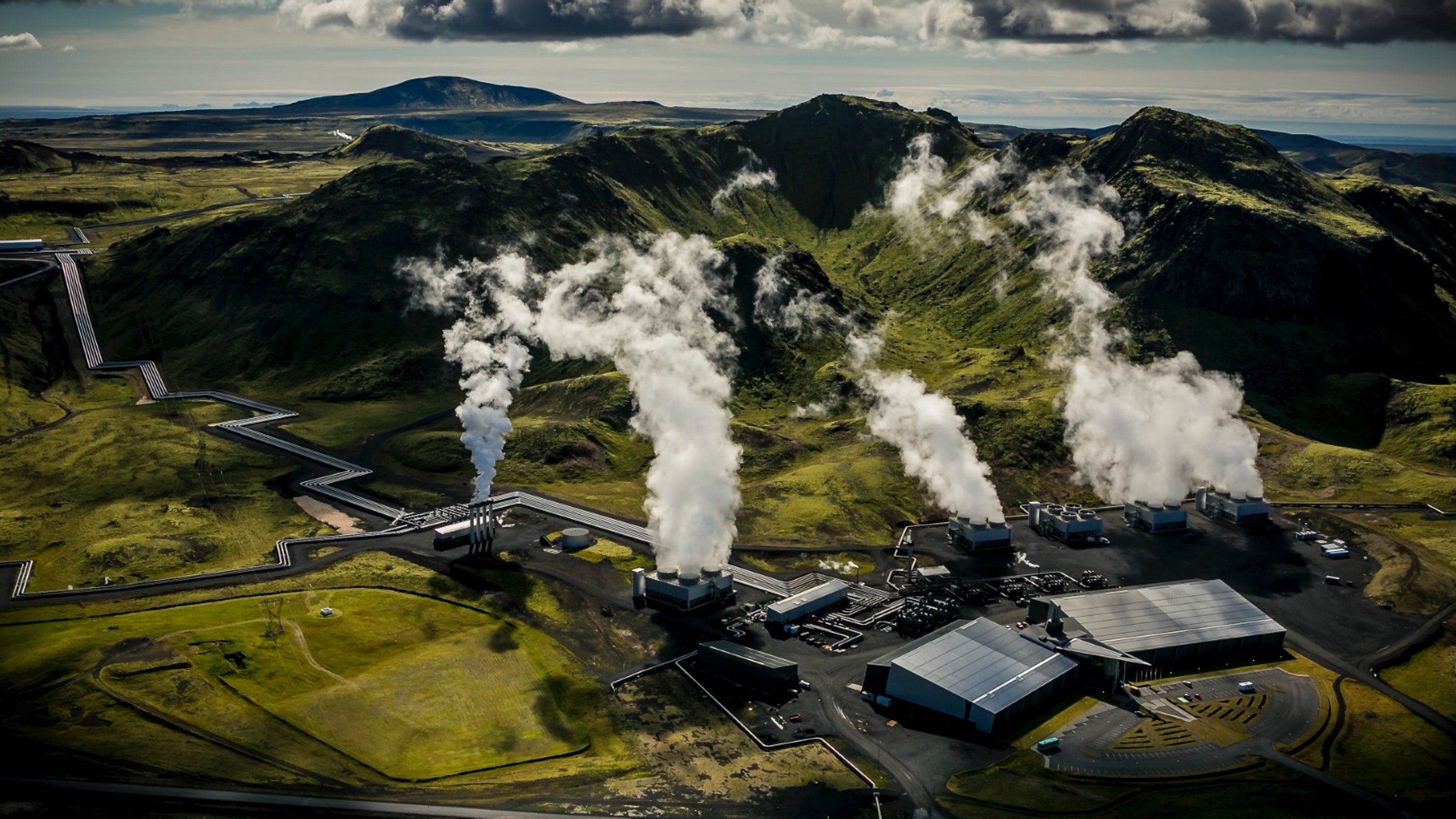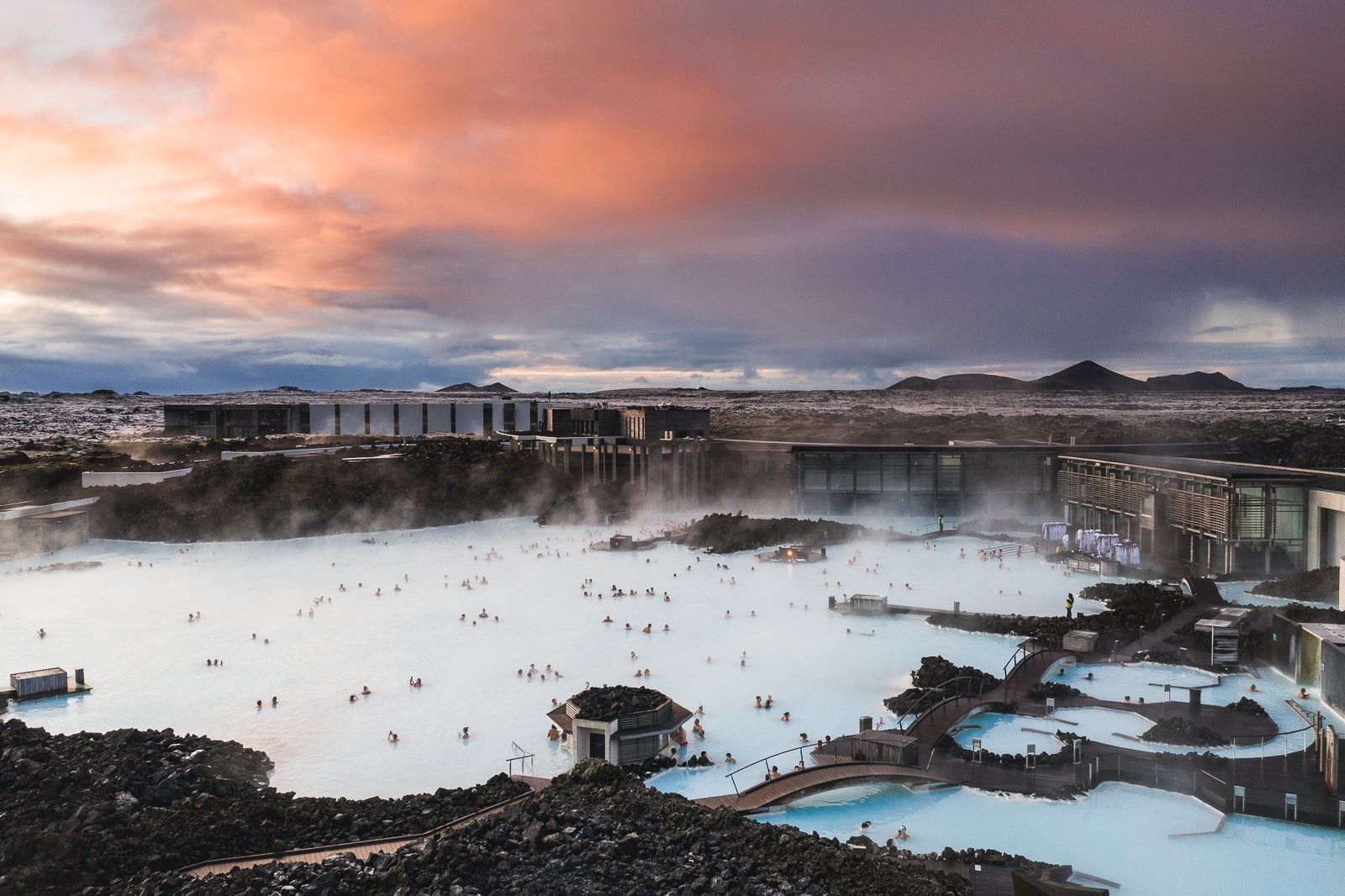Iceland’s ring road: Europe’s most sustainable road trip
Electric cars, sustainable dining and carbon capture: Jennifer Sizeland checks out a drive with a difference

Depending on the time of year, Iceland can be cloaked in an ethereal palette of green or white, as it experiences the lightest of nights or the darkest of days. And either landscape makes for an idyllic backdrop to a road trip that puts sustainability front and centre.
The capital of Reykjavik embodies traditional Scandinavian design and is home to only 200,000 inhabitants (including legendary artist Björk for half of the year), yet innovation is the driving force behind the bright facades. These principles extend throughout Iceland’s countryside – the island nation is mostly powered by geothermal energy combined with other renewable sources that make it close to 100 per cent green.
Travellers seeking to explore the home of the elves – or huldufolk – take to the ring road. This highway that borders the island was carefully built around the residences of these spirits, in order not to disturb them. And tourists can create even less disturbance by renting a whisper-quiet electric car in the capital; it won’t run low on power as there are plenty of high-speed chargers available to use along the route.

Opportunities to be a part of the rural environment abound on this classic Icelandic road trip, with wild camping allowed on uncultivated land (as long as it’s for one night only) and free campsites available for those looking to pitch up for longer. For those who prefer two wheels to four, the route is used by so many cyclists that drivers happily share the quiet roads. All journeys turn up something unexpected: multiple waterfalls carve their way through the basalt; lagoons hide among the jagged rock formations; pearlescent glaciers and tiny churches built miles from civilisation appear when you least expect them.
The ring road also provides access to the famed geothermal blue lagoon and spa retreat – another example of sustainability, powered by the landscape. It’s built using durable, camouflaging materials to make the structure a continuation of the moss-covered volcanic rock that encircles it, plus has its own sustainable skincare line made from the silica, algae and minerals found here, as well as serving local, organic food in its restaurants.
Multiple waterfalls carve their way through the basalt; lagoons hide among the jagged rock formations
Locally sourced food is easy to come by in Iceland. Everything from tomatoes and cucumbers to bananas – cultivated in geothermal and solar-powered greenhouses outside Reykjavík – is grown here. The abundance of energy and water means that Fridheimar, one of the oldest greenhouses that’s a half-hour drive inland from the ring road, is able to supply 70 per cent of the country's tomatoes. Dessert sauce, mixers, juice, chutney and pickles all come from their bumper crop. In the restaurant, tourists can enjoy the novelty of a cheesecake made from green tomato, cinnamon and lime followed by a coffee or beer infused with this surprisingly versatile ingredient.
As green as the road trip itself might be, what about the journey to get there? Carbon offsetting is often seen as an abstract, nebulous concept, but not here: Iceland leads the way on carbon capture by dissolving carbon dioxide in water and turning it into rock. It may sound like science fiction, but Carbfix is happy to bring tourists behind the curtain for a guided tour of this ground-breaking facility.

Silja Y Eyþorsdottir from Carbfix offers an insight into Iceland’s sustainable approach, which started much earlier than other countries. “In the 1950s, Iceland decided to move away from fossil fuels for their district heating system and switched to geothermal heat, perceived as an expensive and bold move at the time. The transition came with a lot of investment in new infrastructure, and it wasn’t easy, but it paid off in the end.”
It’s why they’ve just started building the Coda Terminal facility in west Iceland, where CO2 emissions from northern Europe will be transported by boat to be turned to stone, providing storage for 3 million tonnes per year when it’s complete.
Perhaps the huldufolk are sharing their wisdom with their fellow islanders; not only is a trip around Iceland’s ring road beautiful, it could also provide a vision for the sustainable future of travel.
Join our commenting forum
Join thought-provoking conversations, follow other Independent readers and see their replies
Comments
Bookmark popover
Removed from bookmarks